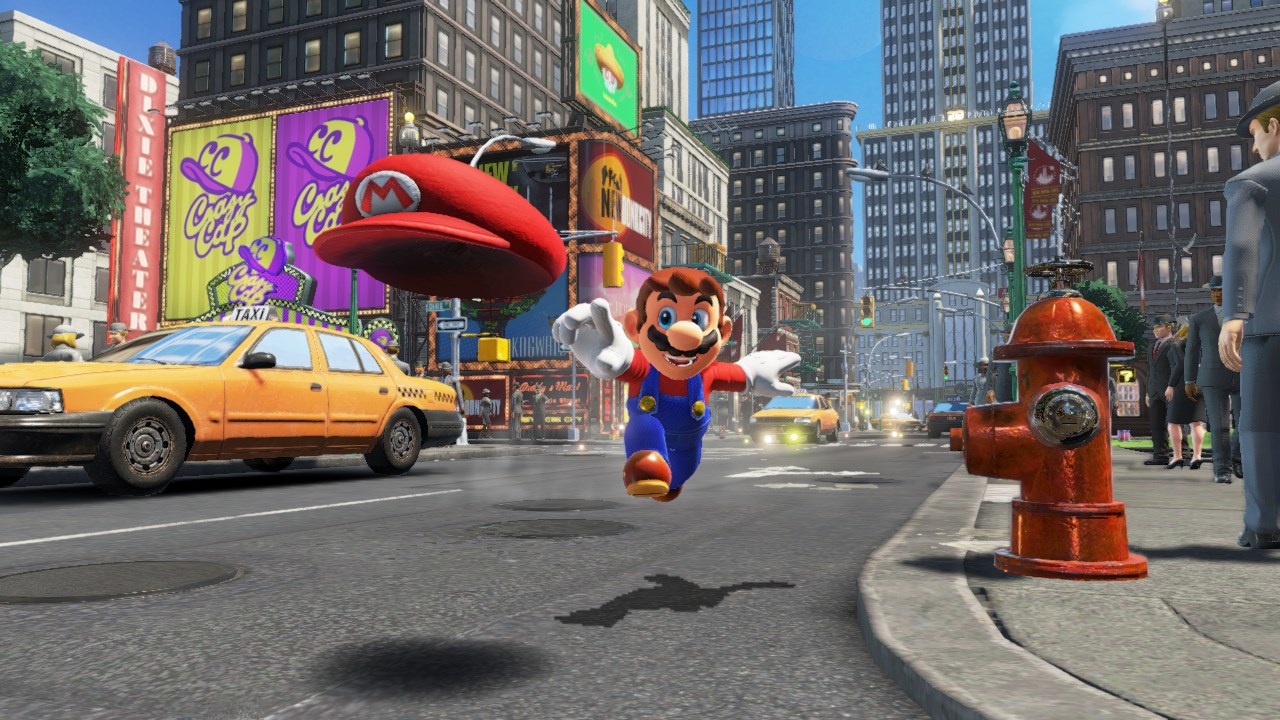The classic, green 1-UP Mushroom is one of the most iconic images in gaming history — and its legacy died today with a single tweet. Super Mario Odyssey’s Japanese Twitter account revealed the days of “Game Over” are long gone.
Instead of lives, Mario now loses 10 coins for each time he dies. When he runs out of coins, he’ll respawn at the most recent checkpoint. Albeit bittersweet, this is an incredible leap in the right direction for the series and proves Nintendo isn’t afraid of innovating.
マリオの体力が0になったり、奈落に落ちると、持っているコインが10枚減ってしまいます。ただし…!いくらミスしてもGAME OVERはありません。 pic.twitter.com/6oEia6LcVr
— スーパーマリオ オデッセイ (@mario_odysseyJP) July 4, 2017
The entire concept of lives and game overs is dated.
It all spawned in the age of arcades where the whole point was to get gamers to funnel quarters into a slot. Even in the early days of consoles, developers had to utilize lives and game over screens to artificially lengthen the time it took to beat a game. An average first-time playthrough of the original Ninja Gaiden could easily take hours, but a seasoned veteran could slice through the game in less than thirty minutes.
Over time, the system continued to hinder several games’ quality. Although considered flawless, Super Mario 64 and Super Mario Galaxy didn’t add any challenge or positive aspects through their game overs. The only real penalty was waiting through loading screens, and hauling back to the level you were at. Halfway through these games, lives became so overabundant that they lost all significance anyway.
But doesn’t this make Mario too casual?
Not necessarily. A rewarding level difficulty can still be attained without forcing players to sit through game over screens — and luckily, it already has. Unanimously adored by the entire indie community, Super Meat Boy is a great example of an excellently designed platformer that ditched game overs. The secret levels in Super Mario Galaxy 2 and Super Mario 3D World are still guaranteed to challenge even the most skilled players, regardless of how many loading screens they have to wait through.
The game over system isn’t gone forever, and it certainly has its place. The Legend of Zelda: Breath of the Wild keeps gamers staring at its game over screen when they start, and it does so elegantly with forgiving checkpoints. Middle Earth: Shadow of Mordor gives meaning to its game overs with the use of its nemesis system. While everything has its place, I’m glad to see the end of an era — and the beginning of a new one, with the release of Super Mario Odyssey.
Nintendo’s E3 presentation blew expectations out of the water for the newest Mario release. While most were expecting a Super Mario 64 successor — and essentially it is what they’re getting — the few snippets of information released prove that Super Mario Odyssey could be much more than an heir to the throne. Our favorite Italian plumber modernized platforming 30 years ago, and will hopefully further the evolution of the genre this October.







Published: Jul 5, 2017 09:42 pm